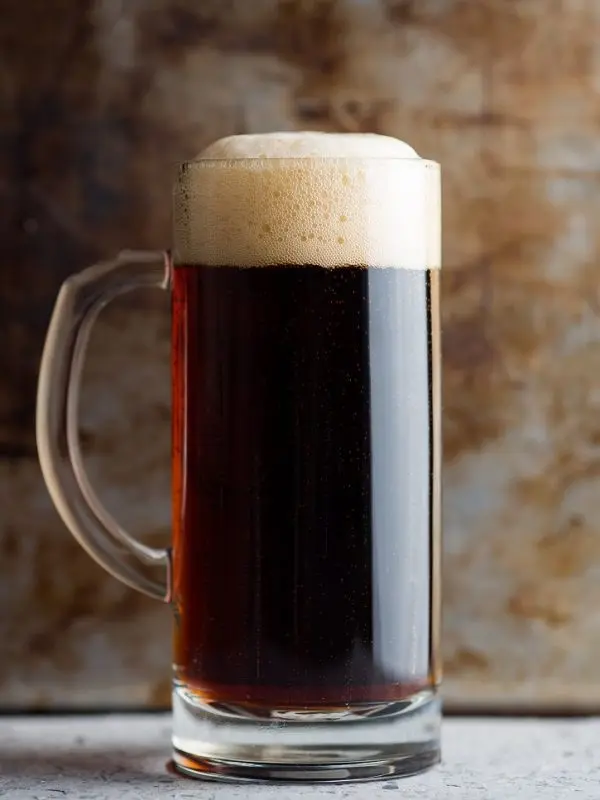The style combines many dissimilar varieties. Each brand is unique and belongs to the top products of the brewery. Historically related to the Trappist ale, but now also found in the “abbey” version. The first style is drier, the second is sweeter. Very carbonated, secondary fermentation in the bottle. The strength is increased even for strong varieties, sometimes the term “quadrupel” (“quadruple” beer) is used in relation to this ale.
The bouquet is a unique mix of malt sweetness, fruit esters and spices. Alcohol is felt weakly, so intoxication comes unexpectedly. The aroma is complex, with notes of bread, toast, caramel, raisins, dried fruits, pepper, vanilla. The hop profile is weak, but can give light notes of flowers and grass. Roasted or burnt aftertaste, fusel notes are contrary to style standards. The finish varies from sweetish to dry, bitterness is well felt. The drink can be sweet, but not cloying.
The color of the style varies from amber to chestnut, in the glass it forms a rich and persistent foam. The drink is highly carbonated, but has a mild taste. Creamy, medium or full bodied.
Despite the complex bouquet, it is made from the simplest ingredients: Belgian yeast, Zatec hops, Pils malt. It is possible to use fragrances and additives – for example, sugar or spices.
The style can be described as a “double dubbel”. Less hoppy than triple.

Strength: 8.0-12.0%.
Density: initial 1.075-1.110, final 1.010-1.024.
Bitterness Index: 20-35 IBU.
Color: 12-22 SRM.









